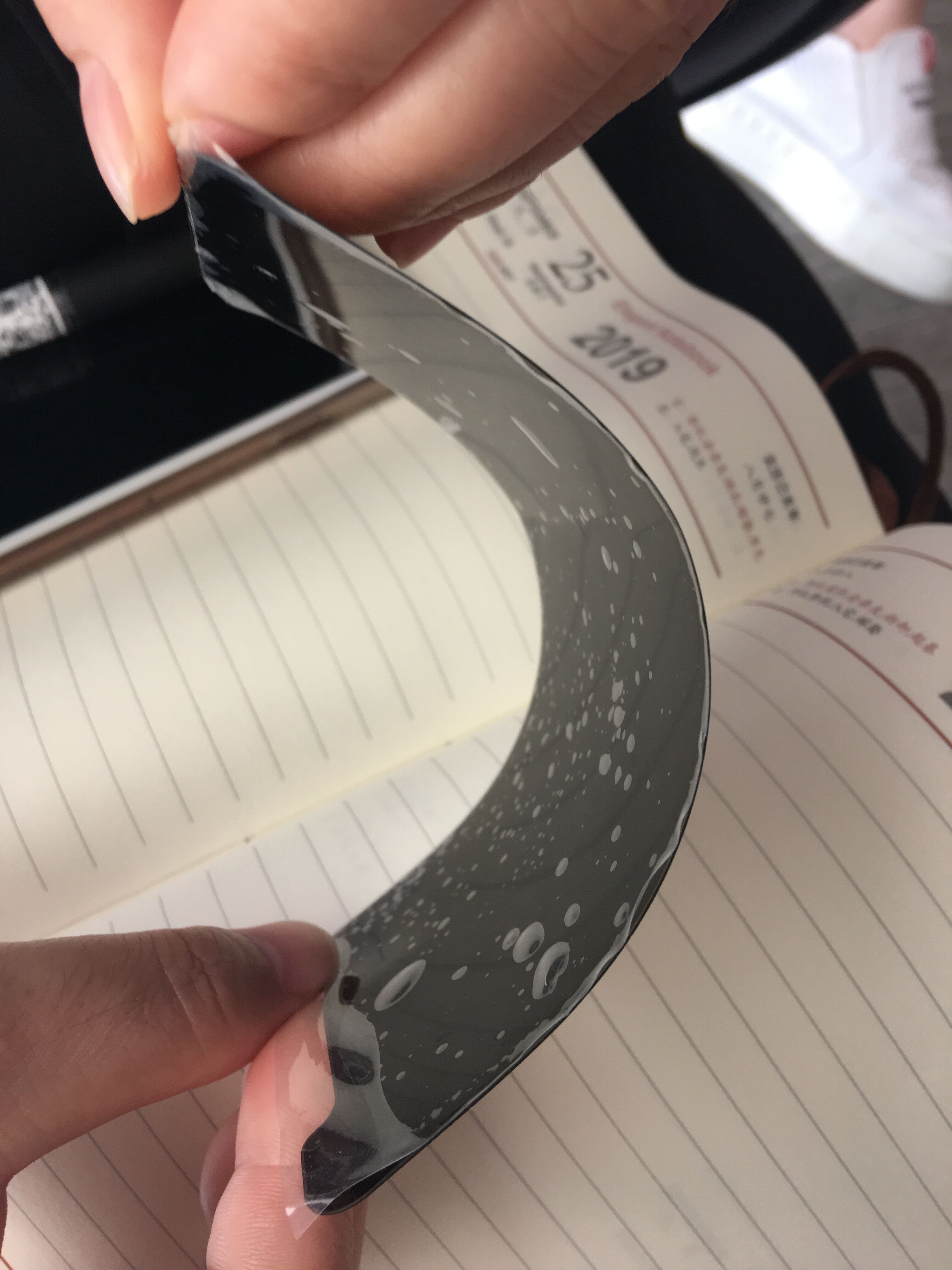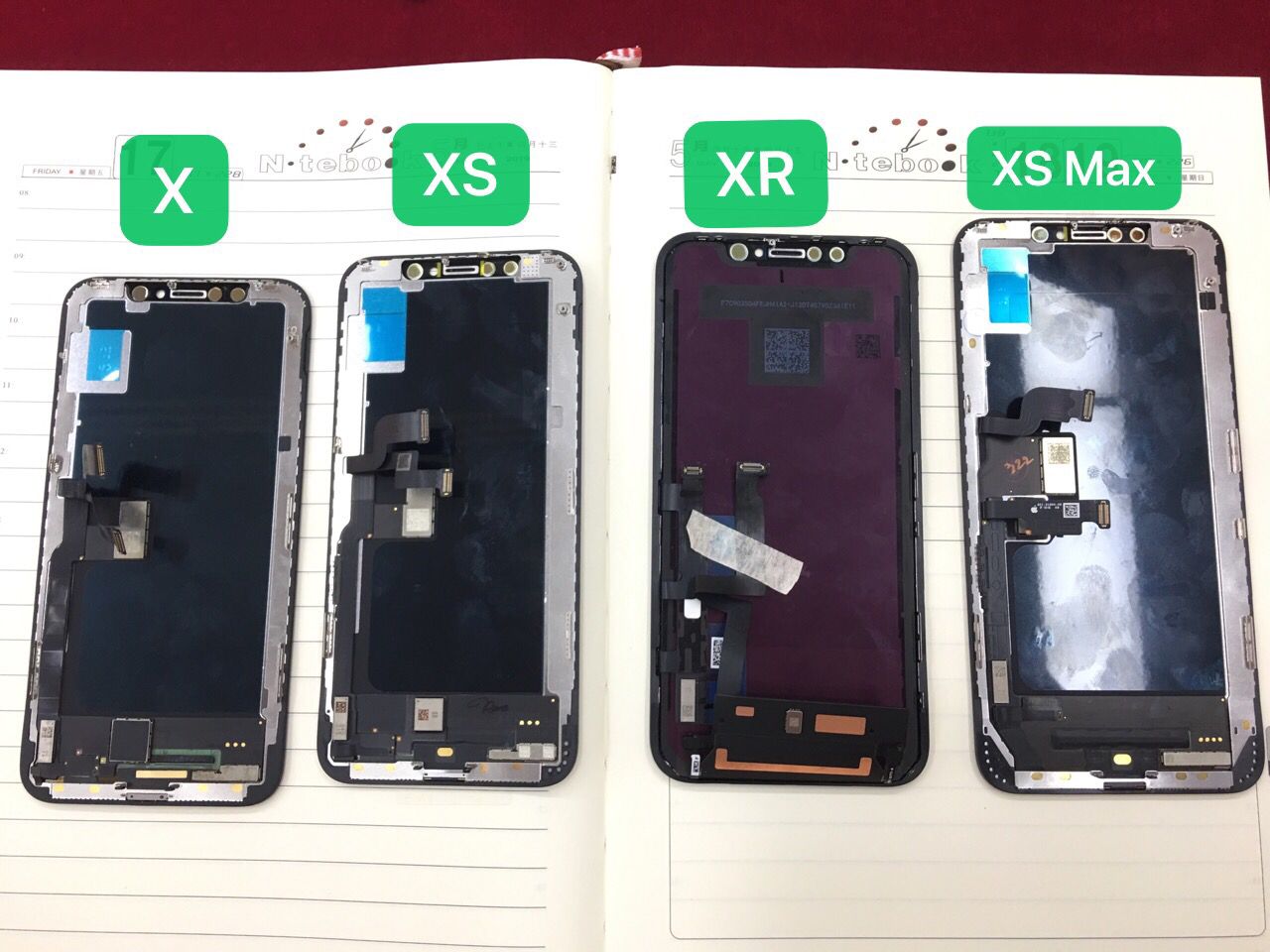Hi Sir,
Hope this email finds you well.
Today I want to share the difference between Soft OLED ( or Flexible OLED) and Hard OLED ( or Rigid OLED).
Soft OLED screen is built around a flexible substrate, like Original iPhone X screen. Because the manufacturing process doesn't substitute this key component, the soft OLED is a step ahead of the hard OLED in mimicking original screen performance.
Its display size matches the dimensions of the original screen, and the flexible substrate makes the soft OLED is much better in hardiness, allowing it to absorb more impacts without malfunctioning or breaking.
Soft OLED's key features:
Color Contrast: Excellent color contrast
Color Accuracy: Excellent color accuracy
Brightness: Good brightness
Display Size: Equivalent to Original
Power Consumption: Equivalent to Original
Durability: Equivalent to Original, Higher than Hard OLED
Price: Higher than Hard OLED
 
Hard OLED screen is built a hard glass substrate instead of the flexible substrate found on Original iPhone X screen.
Two benefits of this switch, are cheaper production cost and higher screen brightness. These come at the lower expense and durability also.
The hard glass substrate can't flex to accommodate the original curve of the display, so the screen has an enlarged bezel. While noticeably, the Hard OLED reduces the display size. The no display area is bigger than soft OLED screen.
Hard OLED's key features:
Color Contrast: Excellent
Color Accuracy: Good
Brightness: Excellent
Display Size: Reduce than Original ( results in an increased bezel size)
Power Consumption: Equivalent to Original
Durability: Lower than Original and Soft OLED
Price: Lower than Soft OLED

For wholesalers, customers buy TM LCD and Hard OLED mostly.
For repair shops, customers buy Soft OLED and Original material OEM mostly.
Any interest, please contact me directly by Mobile/Whatsapp/Wechat: 0086 13760115365
|
|